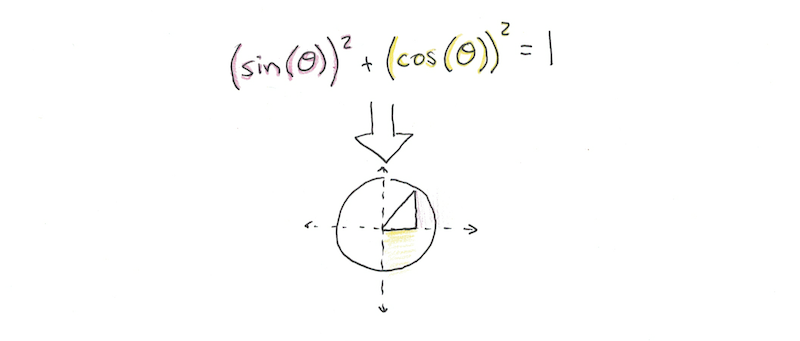Few subjects bring up as much remembered pain and anxiety as math classes. The confusing symbols, the difficult procedures and the dreaded graphs and charts.
A few people are now even suggesting that learning math can be a traumatic experience, something survived, rather than learned.
The painful history many people have with math is a shame, because math is incredibly useful. Many of the best careers are coming out of STEM fields, and rely on understanding math. Understanding the news and world events, is increasingly becoming a lesson in statistics. Finally, math, properly understood, allows you to solve many of your own problems. In this article, I’d like to explain how you can teach yourself any kind of math, whether it be statistics, algebra or algorithms.
Step One: Start with an Explanation: The first step to learning any math is to get a first-pass explanation of the topic.
What If I Don’t Understand the Explanation?
If you watch the explanation, but you didn’t understand it, there are two possible problems:
- You’re lacking some prerequisites for understanding this piece of math. That means you need to back up and go through it again. If it feels like it “went too fast” or you don’t know what the teacher is doing, you may need to go back a few lessons and learn those better before proceeding.
- You’re trying to cover too much without going onto practice. A good pattern is to watch a chunk of explanation and then try it yourself. If you only watch, but never practice, that’s a bit like watching videos on skiing and never hitting the slopes. Eventually the explanations will stop making sense because you’ll lack firsthand experience.
Step Two: Do Practice Problems
Math isn’t something you watch and memorize, but something you do.
If you spend all your time watching videos, and then get to a set of problems, you may find it really hard to apply your math knowledge. This can lead to the feeling that you’re “bad at math” even though the problem is just that you’re using a lousy method to learn it.
You can fix this by getting to doing problems as soon as possible. A good problem should feel challenging, but not impossible. If you see the solution and don’t even understand how they got it, chances are you’re going too fast—go back and learn some of the basics before moving on.
What if I Don’t Have Problems to Solve?
If you lack provided problems, there’s a few things you can do:
- Work through the problems done in the explanation, but without looking at the answer.
- Create your own problems and try to solve them.
- Try to prove concepts in the class. This is an advanced technique, but it is essential for truly grasping more complicated math.
Step Three: Know Why The Math Works
Step Three: Know Why The Math Works

Having an intuitive grasp is very important for math in a way that it isn’t for other subjects. While having an intuition for vocabulary words in a foreign language can help, they still need to be memorized. However, memorizing math can be dangerous if it causes you to learn it without understanding.
The next step is to convince yourself that you know why the math works.



